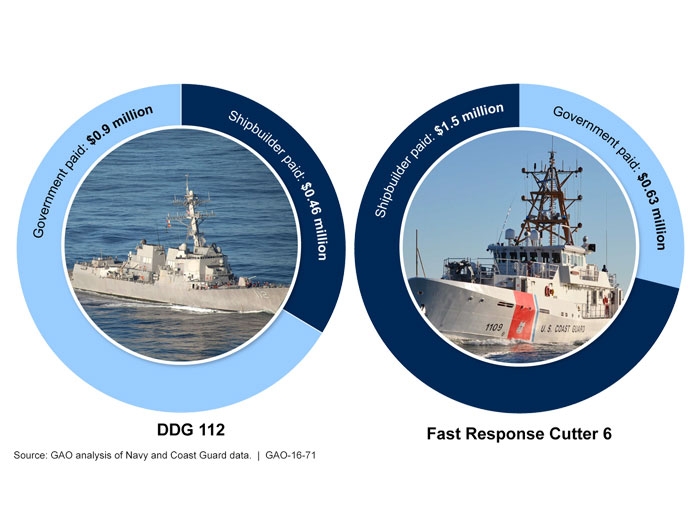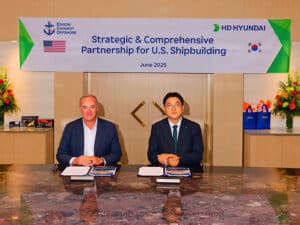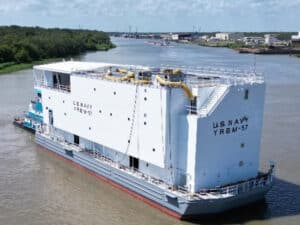
GAO to Navy: Stop rewarding yards for making mistakes
Written by Nick Blenkey
MARCH 4, 2016 — A GAO report says that the Navy should stop allowing shipbuilders to profit byr correcting defects for which they are responsible.
The report, “NAVY AND COAST GUARD SHIPBUILDING: Navy Should Reconsider Approach to Warranties for Correcting Construction Defects (GAO-16-71),” was made in response to a provision in the House report accompanying the FY 2015 National Defense Authorization Act.
It assesses the extent to which warranties and guarantees reduce the government’s exposure to additional costs and risks of poor quality and how the Navy and Coast Guard use acquisition regulations and guidance to implement warranties and guarantees.GAO reviewed the Navy’s and Coast Guard’s guaranty or warranty practices and policies and selected six case studies: four Navy ships—representing ships built in the last five years—and two vessels the Coast Guard most recently purchased
GAO says that for five of the six ships, guarantees did not help improve cost or quality outcomes.

“While the type and terms of each contract determine financial responsibility for correcting defects, the government, in most of the cases GAO examined, paid shipbuilders to repair defects.” says GAO. “For the four ships with fixed-price incentive type contracts and guarantee clauses, the government paid the shipbuilder 89 percent of the cost—including profit—to correct these problems. This means the Navy and Coast Guard paid the shipbuilder to build the ship as part of the construction contract, and then paid the same shipbuilder again to repair the ship when defects were discovered after delivery—essentially rewarding the shipbuilder for delivering a ship that needed additional work.”
Navy officials stated that this approach reduces the overall cost of purchasing ships; however, the Navy has no analysis that proves their point. In contrast, the warranty on another Coast Guard ship—the Fast Response Cutter (FRC)—improved cost and quality by requiring the shipbuilder to pay to repair defects. The Coast Guard paid upfront for the warranty, which amounted to 41 percent of the total defect correction costs.
“Although the Federal Acquisition Regulation (FAR) and the Department of Defense guidance instruct programs to, respectively, consider and document the use of a warranty, the use of warranties is not mandatory, and the Navy does not consider using them for ship contracts. In contrast, the Coast Guard’s FRC warranty, as well as that planned for another upcoming ship class, fosters quality performance by following the FAR warranty provisions,” says GAO.
- Warranties give the government a contractual right to direct the correction of defects at the contractor’s expense.
- Guarantees are Navy-specific contractual mechanisms that provide for the correction of defects; but unlike warranties are not covered in the FAR.
The Navy may be missing opportunities for savings by not considering use of warranties, says the report, noting that without a clear objective and guidance for using a guaranty and for determining when a warranty is appropriate in shipbuilding, Navy contracting officers do not have the information they need to make informed decisions regarding which mechanism is in the best interest of the taxpayer.
What GAO Recommends
DOD with the Navy should take steps to structure contracts so shipbuilders cannot earn profit for correcting defects for which they are responsible; determine whether a warranty is appropriate; and establish a guaranty objective and guidance. DOD partially concurred with the recommendations and it plans to complete a study by September 2016.
Download the report HERE



![NOAA Ship Oscar Dyson working in the Bering Sea in Alaska. [Photo: NOAA Marine and Aviation Operations/CDR Carl Rhodes]](https://www.marinelog.com/wp-content/uploads/2025/06/blobid1_1750193597078-300x225.jpg)

Leave a Reply
You must be logged in to post a comment.